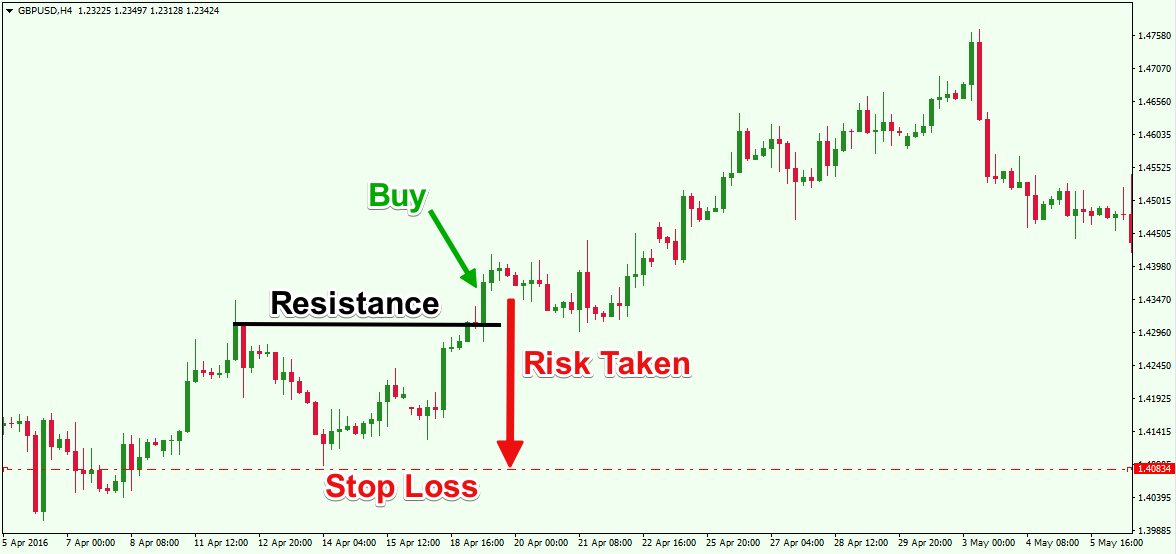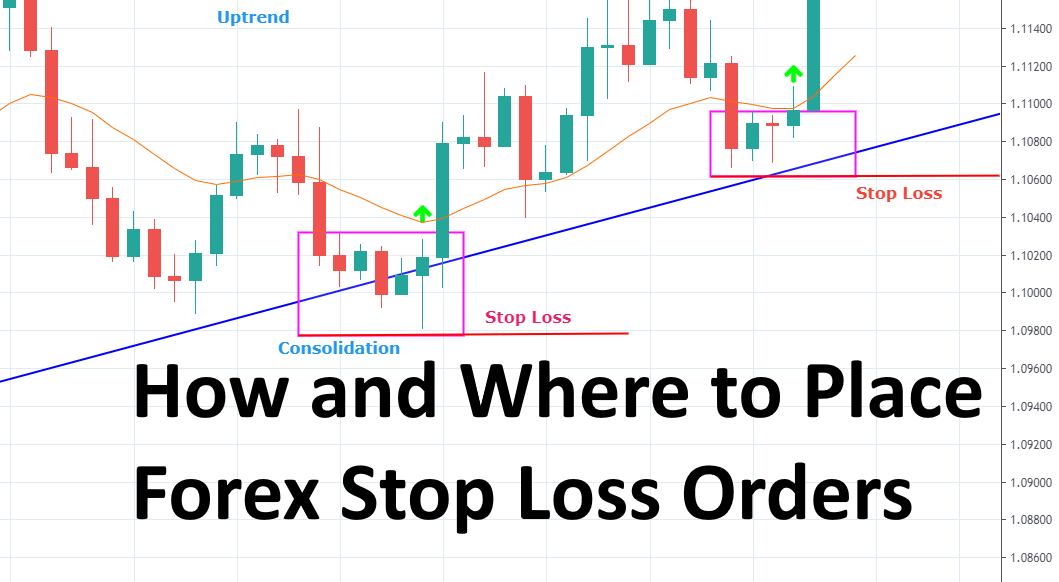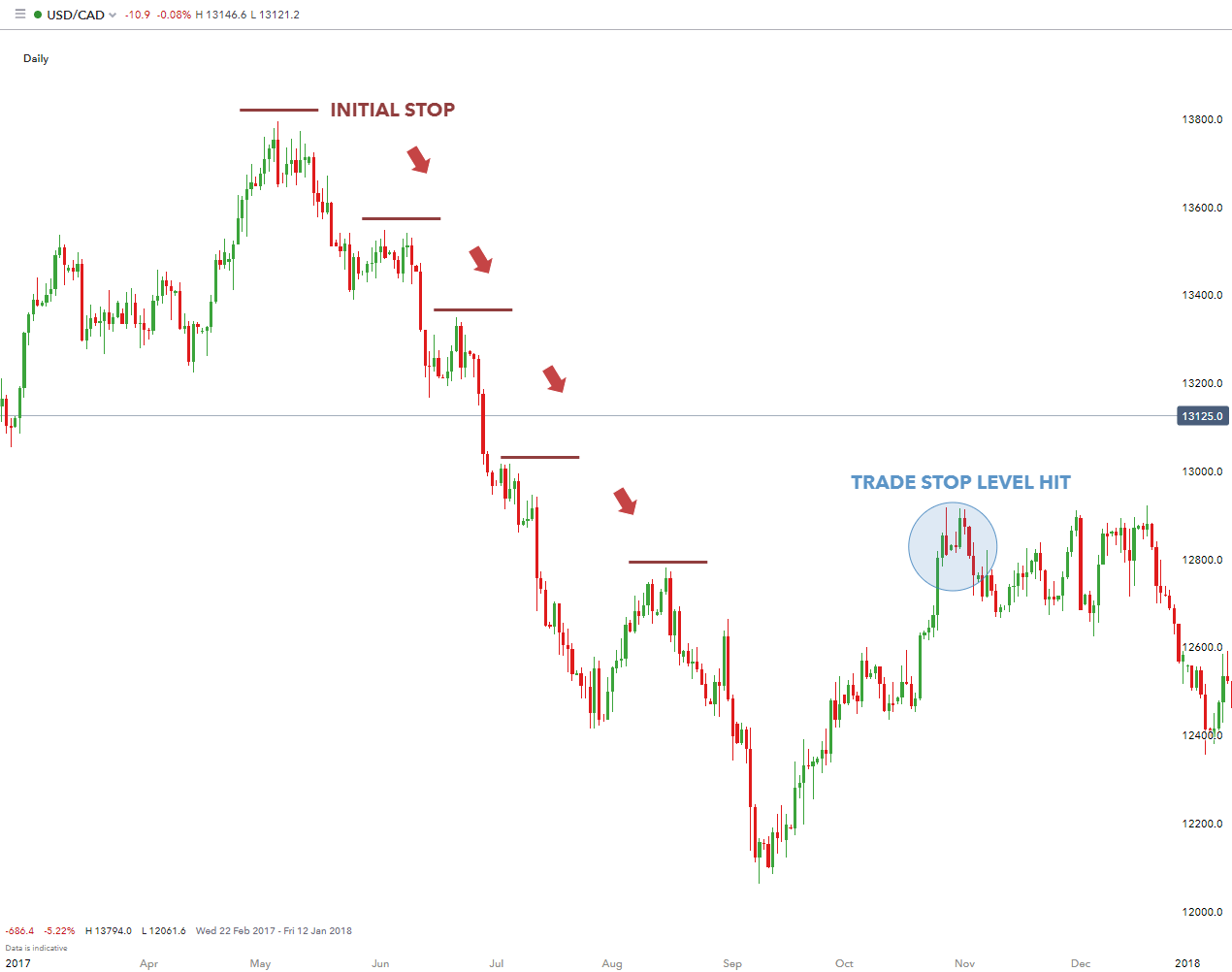In this article, you will learn about the concept of a stop-loss in Forex trading and its significance. A stop-loss is a predetermined level where a trader decides to exit a trade to limit potential losses. Understanding how to use stop-loss orders effectively is crucial for managing risk in Forex trading. By the end of this article, you will have a clear understanding of what a stop-loss is and why it is an essential tool for traders.
Understanding Stop-Loss in Forex Trading

This image is property of bpcdn.co.
Introduction to Forex Trading
Forex trading, also known as foreign exchange trading, is the buying and selling of different currencies on the foreign exchange market. This decentralized global market allows participants to trade currencies 24 hours a day, five days a week.
Definition of a Stop-Loss in Forex
In the world of Forex trading, a stop-loss order is an important risk management tool. It is an instruction given to a broker to sell a currency pair when it reaches a certain price level. This predefined price level is set by the trader as a way to limit potential losses on a trade.

This image is property of bpcdn.co.
Importance of Stop-Loss in Forex Trading
The Forex market is known for its volatility, which can result in rapid and significant price fluctuations. Without a stop-loss order, traders are exposed to unlimited downside risk, as there is no protection against drastic price movements. Therefore, understanding and implementing a stop-loss strategy is crucial to managing risk and protecting your trading capital.
Benefits of Using Stop-Loss Orders
Using stop-loss orders in Forex trading offers several benefits. Firstly, it helps traders limit their potential losses by automatically closing a trade at a predefined price level. This prevents the accumulation of further losses if the market moves against the trader’s position.
Secondly, stop-loss orders allow traders to set predefined risk-reward ratios. By identifying the maximum amount they are willing to risk on a trade, traders can determine their potential profit targets. This helps establish a disciplined approach to trading and ensures that losses are controlled.

This image is property of forextraininggroup.com.
Types of Stop-Loss Orders
There are several types of stop-loss orders that traders can utilize in Forex trading. The most common types include:
- Fixed Stop-Loss Order: This is the simplest form of a stop-loss order, where a trader sets a fixed price level at which the trade will be closed.
- Trailing Stop-Loss Order: A trailing stop-loss order is dynamic and adjusts automatically as the trade progresses in the trader’s favor. It is set a certain distance (in pips) away from the current market price and follows the trade, locking in profits but moving up or down based on market fluctuations.
- Guaranteed Stop-Loss Order: This type of stop-loss order ensures that the trade will be closed at the specified price, regardless of market gaps or slippage. However, this added protection comes at a cost, as brokers may charge a fee for offering guaranteed stop-loss orders.
Setting Stop-Loss Levels
Setting stop-loss levels requires careful consideration and analysis. Traders need to determine the appropriate level based on their risk tolerance, trading strategy, and market conditions. Stop-loss levels should be placed below support levels (in long trades) or above resistance levels (in short trades) to provide a buffer against price fluctuations.

This image is property of tradethatswing.com.
Calculating Stop-Loss Distance
To calculate the appropriate stop-loss distance, traders can use technical analysis tools such as trend lines, moving averages, or volatility indicators. These tools help determine the potential range of price movement and establish a suitable distance for the stop-loss order. Traders should aim to set stop-loss levels that allow for reasonable fluctuations without being too tight or too wide.
Implementing a Trailing Stop-Loss Strategy
A trailing stop-loss strategy is particularly useful in Forex trading, as it allows traders to lock in profits while giving the trade room to potentially capture more gains. As the trade moves in the trader’s favor, the trailing stop-loss order automatically adjusts to lock in a certain percentage of profit behind the current market price. This dynamic approach mitigates the risk of price reversals and maximizes potential profits.

This image is property of a.c-dn.net.
Common Mistakes in Using Stop-Loss Orders
While stop-loss orders are essential for risk management, they can also be misused or neglected. Some common mistakes traders make when using stop-loss orders include setting them too close to the entry point, not using them at all, or constantly moving them based on short-term market fluctuations. These mistakes can lead to premature exits, missed opportunities, or excessive losses.
Conclusion
Understanding and effectively utilizing stop-loss orders in Forex trading is of utmost importance for risk management and successful trading. By defining predefined levels of acceptable losses and implementing appropriate stop-loss strategies, traders can protect their capital and limit potential losses. Remember to consider the market conditions, risk tolerance, and trading strategy when setting stop-loss levels, and always aim for a disciplined and consistent approach to trading.


